Explore Our Garden Wildlife Blog
Browse or search by Category or Keyword below, alternatively click on any Tag to see related articles.
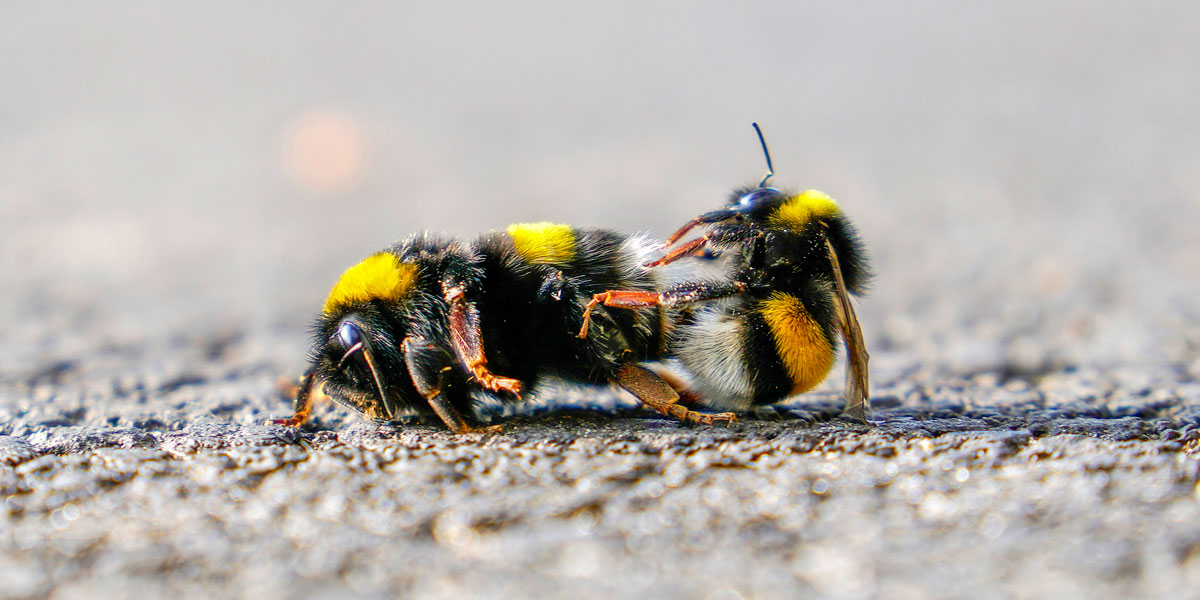

Top 10 bee FAQs: how to save or help a bee
By Ark Wildlife
19th July 2022
Last Updated: 7th March 2023
With over 250 species of bee in the UK, including 24 colony forming bumblebees, hard-working honeybees, and the rest being solitary bees, we’re bound to interact with them throughout the active summer months.
Bees are one of our most loved insects and people like to see them busily collecting pollen and nectar from flowers, from early spring to the last autumn blooms. However, our interest and goodwill toward them also means we notice when things go wrong.
Below are the top ten questions we get asked at Ark Wildlife and quick answers to help you understand their natural lifecycle, when to help, and what to do. We’ve tried to provide you with lots of helpful do’s and don’ts when interacting with bees.
As with all wildlife, it’s better not to intervene unless necessary, but some small actions can be kind and reduce suffering. Bees have been with us for over 100 million years and if we care for their environment (and ours), they will be with us for many more to come.
How to help a bee
If you’ve found an inactive bee it could be due to numerous reasons. Cold, hunger, and even overheating can ‘down’ bees. Additionally, most of our bees are short-lived and you’re therefore likely to come across bees simply coming to the end of their natural time. However, regardless of cause, you can take the same action for any stranded bee and you may be rewarded by a quick recovery, and loud buzz of ‘thank you’ as it flies away.
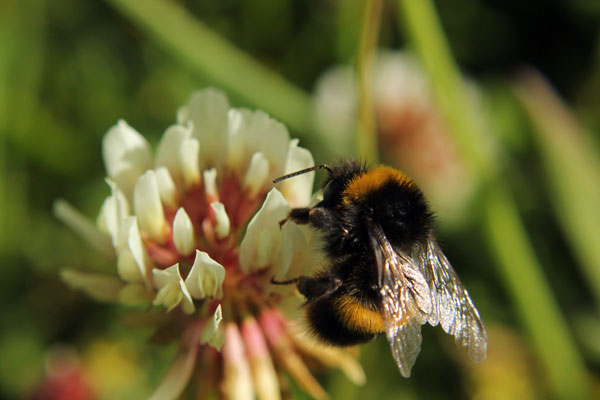

How to revive a bee
Grounded bees, or bees found on the floor may be there for a range of reasons. Being knocked out of the air, a sudden chill or sometimes on very hot summer days, overheating can stop them flying. Bees (away from the nest) shouldn’t be on the floor and should be picked up carefully and placed on a nearby plant, ideally on a nectar-rich flower.
On a very hot day, aim for shade but generally a sunny spot is best. Bees need to bring their wing muscles up to flying temperature and they do this by uncoupling their wings and then pulsing the muscles to warm them up. Depending on the starting temperature of the bee, this can take many minutes. Once you’ve moved a bee, give it half an hour to revive itself.
Hopefully, after a short rest and time to warm up it will simply buzz off and get back to work. If it is still there after half an hour it might be a good idea to offer it some sugar water. See below.
How to tell if a bee is dying or tired
Most of our bees are relatively short-lived creatures and if their time has come, no amount of time or attention will revive them. Some of the clues to look out for to help you tell are as follows.
Bumblebees are social or colony bees and it is the workers who are sent out to collect pollen and nectar to bring back to the nest. As such, they are perceived as disposable and may only live a few weeks before becoming so exhausted from work, they expire. The key sign you have a dying worker bumblebee is the wings. They become battered and damaged due to the constant toing and froing and eventually lose the ability to fly. You can offer them sugar syrup as a reward for their work, but they cannot survive long without flight.
Another group of bees who will die regardless of intervention are the males. Both solitary and colony bees produce males whose only purpose is to fertilise females and then die. Some can remain active bachelors for long periods of time and are commonly found hanging around within the centre of flowers. If you find bees within the heart of a flower in early mornings or late evening, it’s likely a male and best just left to fend for himself.
How to save or help a dying bee
Whether male or exhausted worker, there is nothing to be done other than let nature take its course. If in doubt, you can always move a bee to a safe location, in a warm place and offer it either nectar-rich flowers or sugar water as a final gift for all the good it has done. A dying bee may take a drink but will not get better. A tired bee on the other hand, will quickly pick up and fly off. Offering sugar water to either will do no harm.
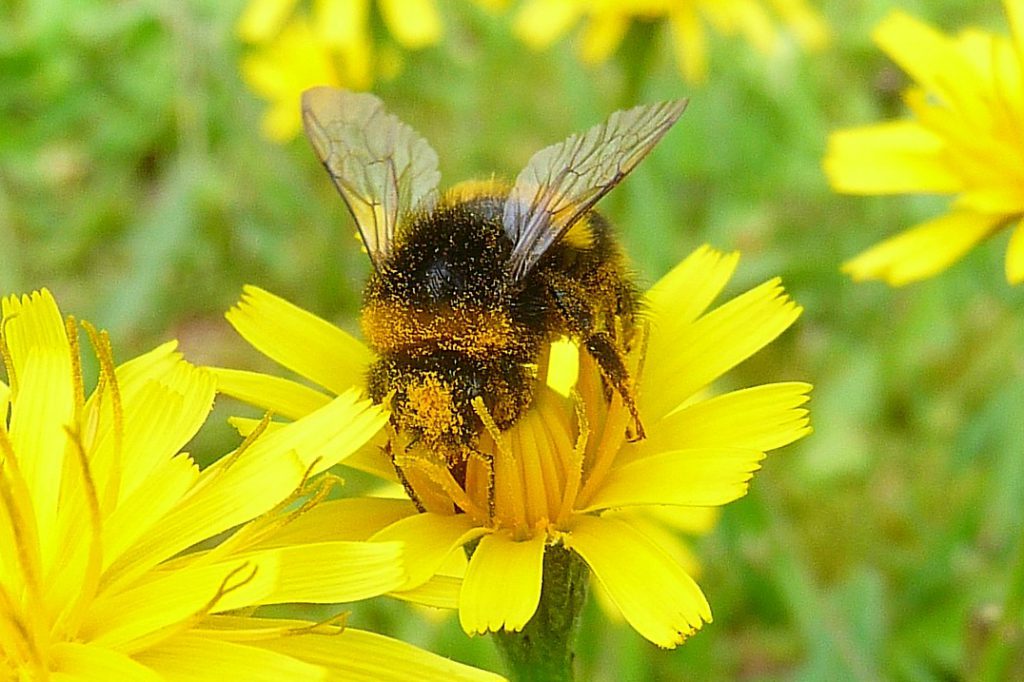

How to save a bumblebee
Bumblebees are our largest bees and typically covered in hair making them appear even larger. The hair is a clue that they like to keep warm and if they get themselves in difficulty, warming them up is often all the help they need,
Bumblebees are cold blooded meaning they will drop to the surrounding air temperature when not flying. This means collecting pollen during cooler weather presents a hazard. Their ideal flying and working temperature is between 22-35 degrees Celsius. In Britain, they’re often required to work below this temperature and can become stranded if body heat is lost while collecting pollen. Therefore, moving a grounded bee to a warmer location will help.
How to feed a bee
The quickest and simplest way to help any bee found on the ground is to carefully lift it up and place it on a nearby flower, ideally in direct sunshine. It will then be able to take nectar from the flower itself and regain energy.
An alternative is to make a sugar water mix into a syrup and allow the bee to feed from this. Make sure the bee can easily feed from the syrup but do not allow it to fall in the mix as this will cause harm and potentially be fatal to the bee. Place a few drops of the syrupy sugar mix on a large leaf or slightly rough surface, and carefully place the bee within a few steps but not touching the liquid. It will then move close enough to draw up the food depending on the length of its tongue.
Please be aware, do not feed honey to bees as honey from other nests may contain pathogens which could infect the bee. It could then take this back to its own colony where it could spread further. Granulated sugar is guaranteed to be disease free and therefore a safer option.
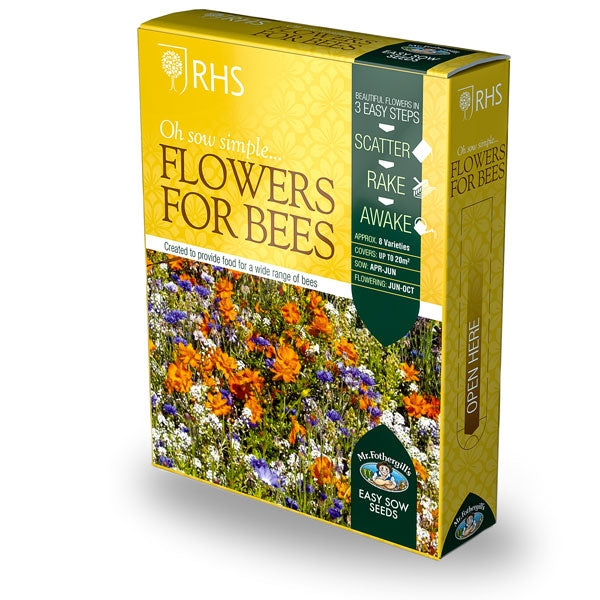

How to attract bees to a bee house
Bee houses are becoming ever more popular garden features and many are adopted quickly by local bees. Do be careful in selecting your bee house as there are some on the market that are unsuitable and will not get used. At Ark Wildlife, we have a selection of solitary bee houses and mason bee houses for sale.
Colony forming bumblebees (tree bumblebee excepted) tend to prefer underground nest sites and queen bees seek pre-existing holes in early spring. There is evidence they can smell old mouse nests, which offer both a good location with the benefit of ready-made nesting material. If you buy a man-made bumblebee nester, try part burying it and ideally find an old mouse nest to place inside to attract queen bees in early spring.
We have hundreds of species of solitary bees in the UK and these are more likely to adopt and move into a bee house. Common species are leafcutter bees, active throughout summer and mason bees, busy in spring and early summer. Place a solitary bee house about 1-3 metres above ground on a south facing, sunny location on a wall, fence or tree trunk. These will quickly be occupied as soon as trees and shrubs start flowering from April onwards.


What to do if you find a bee in winter
British bees are largely active during the summer months and either hibernate or die off during winter. However, during warmer spells overwintering queens may well ‘pop out’ to take advantage of extra feeding opportunities. Additionally, some species of bumblebee can remain active all year round. Buff-tailed bumblebees will remain active even with temperatures close to zero. Frost and snow are little deterrent to them. The early bumblebee is another species often seen even when snow lies on the ground.
If you see a bee during the winter months, it is simply going about its business and is best left alone. If one appears in trouble, take advice appropriate to the situation as above but DO NOT be tempted to bring it indoors or in a heated space. Quick temperature changes are very harmful.
What to do if you find a queen bee
Queen bumblebees may be seen at any time of year, summer or winter. They are large and behaviour differs from that of workers. She may be seen feeding and foraging, or may be found on the ground, seeking a nest site, or collecting nest material. It is always best to leave a queen bee alone as she may have eggs or larvae depending on her return. Queen bees are quite resilient and can cope with cold weather well. You may offer her some sugar water but only if she remains in the same location for more than 30-45 minutes.
What to do if you find a bee in your house
Bees are highly active creatures collecting food for their colony. They follow well defined routes to and from their nest and feeding grounds. If they accidentally get trapped in your house, they will simply want to get back to work. Ideally, open a door or window in the same direction they are facing. This is the quickest and surest way of getting them out the house and back on track.
If this does not work, carefully collect them in a humane insect trap or use a mug and sheet of paper to collect and retain them. Then carefully take them out the house and well away from the building (close the door behind you).
Bees are visual creatures and when first released will buzz around trying to orientate themselves, if you’re not careful this results in them accidently ending back in the house they just came from. Close doors and windows while they figure out their location and watch as they suddenly orientate themselves and then fly off with purpose.
External sources/references






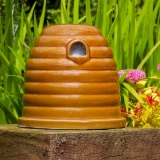

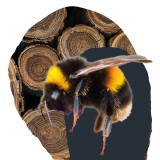
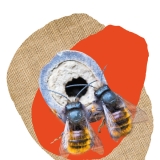
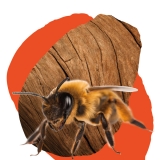
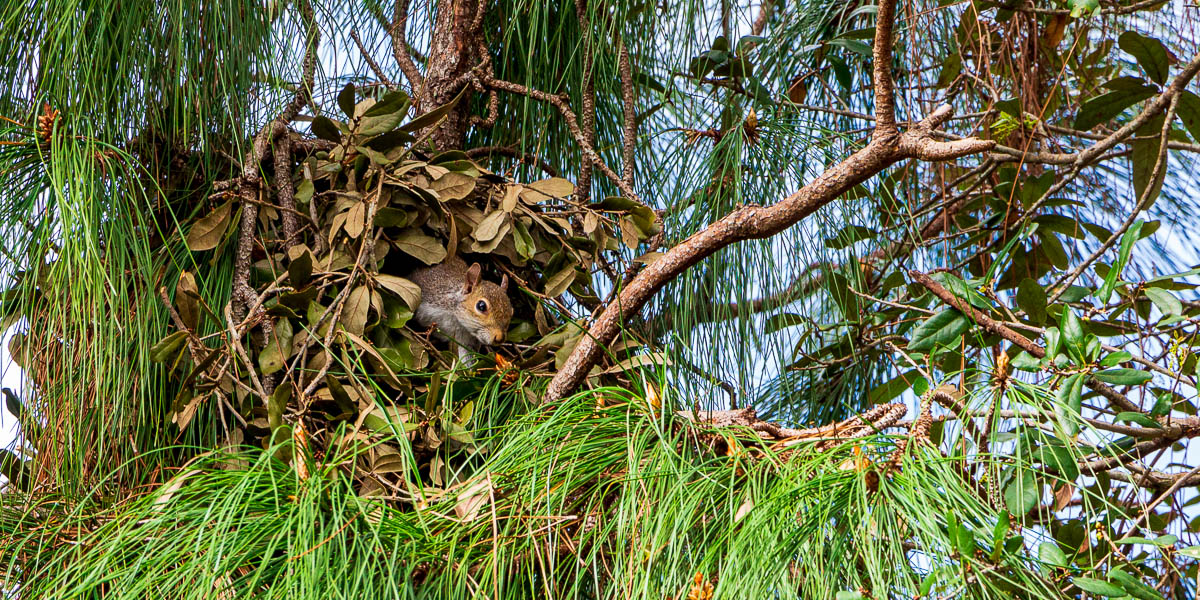
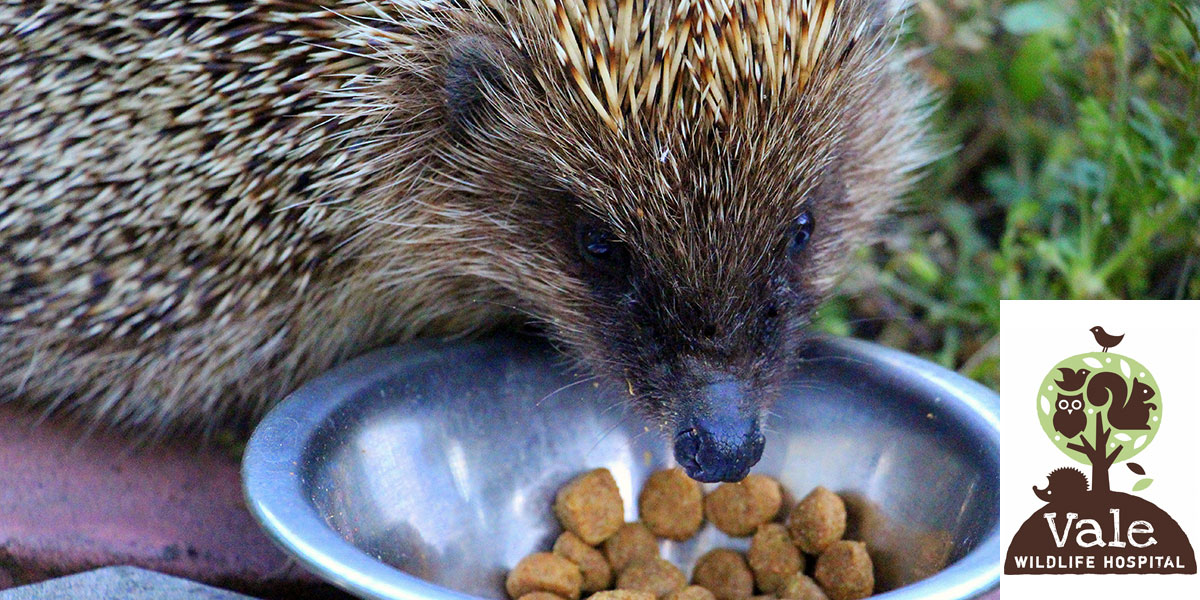
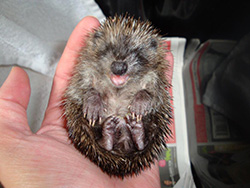

Such a lot of useful information….love it.
Bees will sleep the night on flowers and plant stems even during strong winds and don't need any help as they will wake up and warm up in the morning